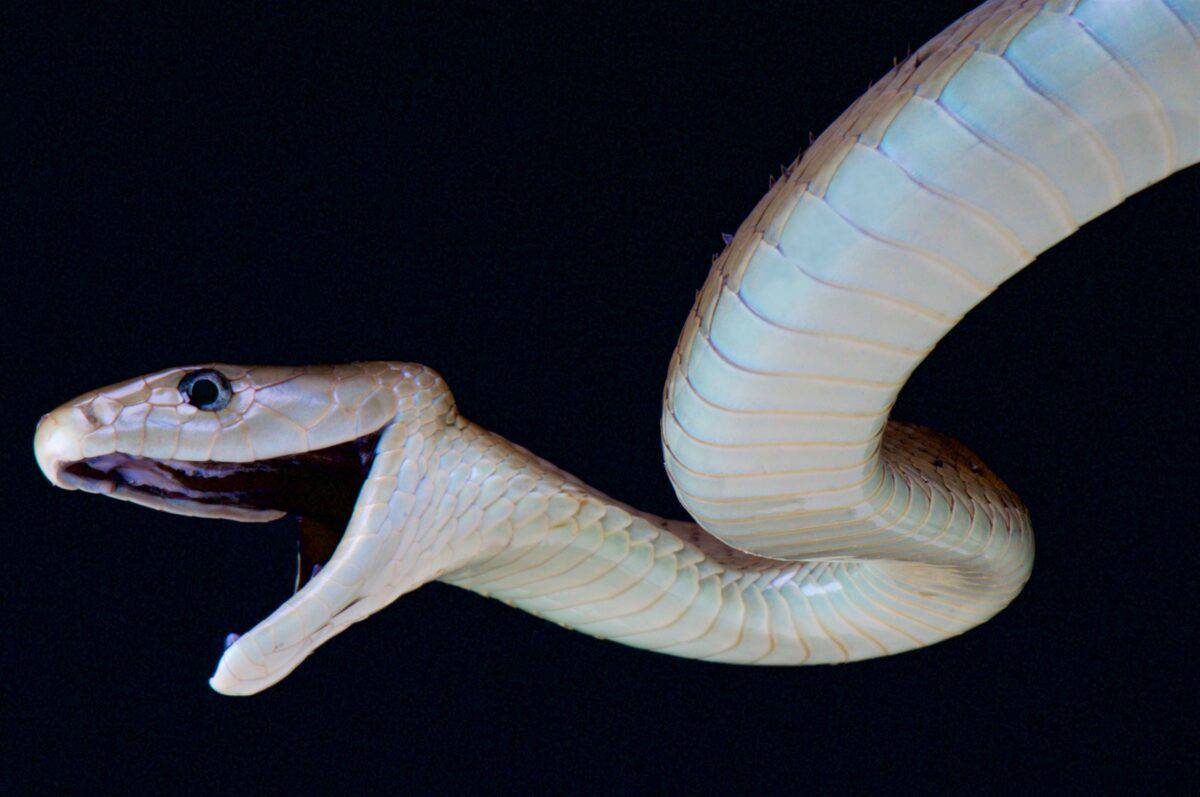The Black Mamba is often regarded as one of the world’s most dangerous snakes, a title it earns not just through reputation but through its incredible speed and potent venom. Found predominantly in sub-Saharan Africa, this snake inspires both fear and fascination. With a name derived from the dark inky color inside its mouth rather than its scales, the Black Mamba has etched itself into African lore and wildlife studies. This article delves into the particulars of the Black Mamba’s speed and venom, examining why it’s a creature to be respected and avoided in the wild.
A Profile of the Black Mamba

The Black Mamba (Dendroaspis polylepis) is the largest venomous snake in Africa, with adults typically reaching lengths between 6.6 and 8.2 feet (2 to 2.5 meters), but some individuals can exceed 14 feet (4.3 meters). Despite its alarming reputation, the Black Mamba prefers to avoid human contact, striking only when threatened or cornered. It inhabits a variety of environments, including savannas, rocky hills, and dense forests.
The Remarkable Speed of the Black Mamba

What sets the Black Mamba apart from most other snake species is its speed. Often dubbed the fastest snake in the world, it can reach speeds of up to 12 miles per hour (19 km/h) in short bursts. This speed is typically reserved for escaping threats rather than pursuing prey. The Black Mamba’s muscular body and aerodynamic shape allow it to glide effortlessly, making it an effective predator and a difficult foe to escape from when provoked.
Lethal Precision: The Venom of the Black Mamba

While its speed is impressive, the main reason the Black Mamba is feared is its deadly venom. The snake’s venom is a potent mix of neurotoxins and cardiotoxins, capable of causing death in humans within 20 minutes to a few hours if untreated. A single bite can deliver about 100 to 400 mg of venom, and the lethal dose for humans is estimated to be around 10 to 15 mg. Symptoms of envenomation include blurred vision, difficulty breathing, and paralysis, eventually leading to respiratory failure.
Black Mamba’s Behavior and Defensive Tactics
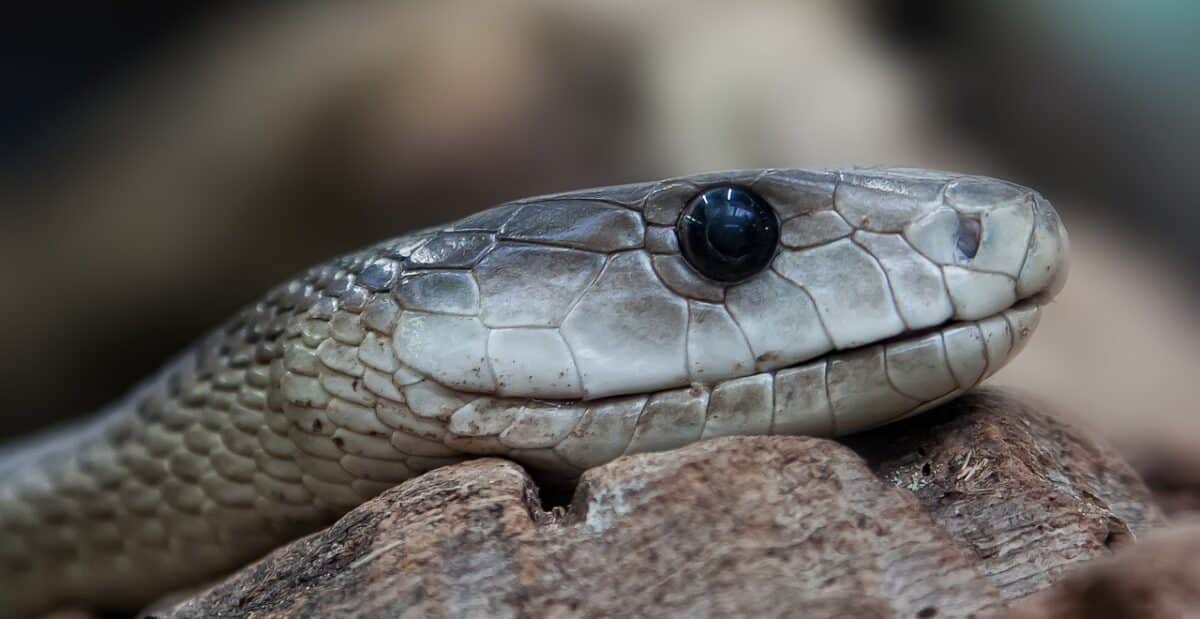
The Black Mamba is inherently shy and prefers to flee when confronted. However, when cornered, it exhibits a distinctive defensive behavior by raising up to one-third of its body off the ground, opening its mouth to expose its black interior, and hissing loudly to deter potential threats. This intimidating display is often enough to warn off predators and humans alike.
Avoidance and Safety Tips
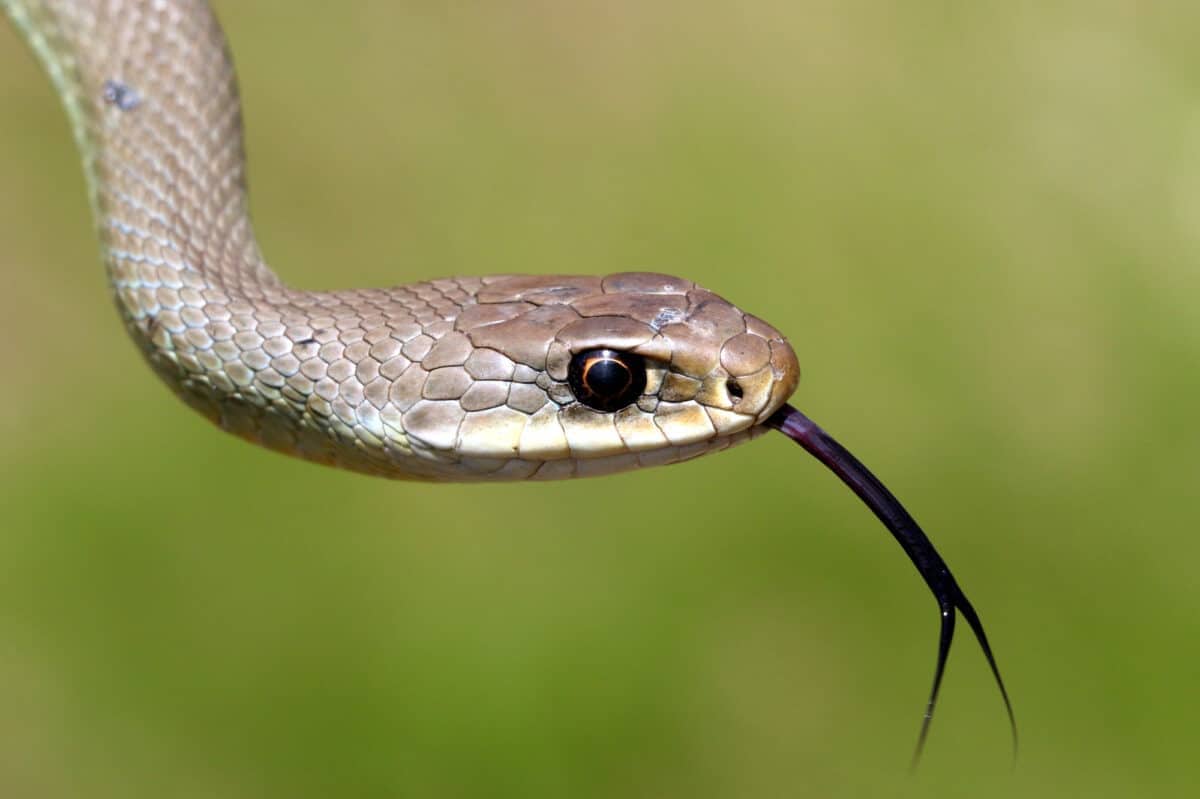
Given the danger posed by the Black Mamba, it is crucial to exercise caution in areas where it may be present. If you encounter a Black Mamba, the best course of action is to slowly back away and give the snake plenty of room to escape. Wearing thick boots and long pants while hiking in snake-prone areas can also provide some protection. In case of a bite, immediate medical attention is essential, as antivenom can effectively treat the envenomation if administered in time.
Conservation and Human Role
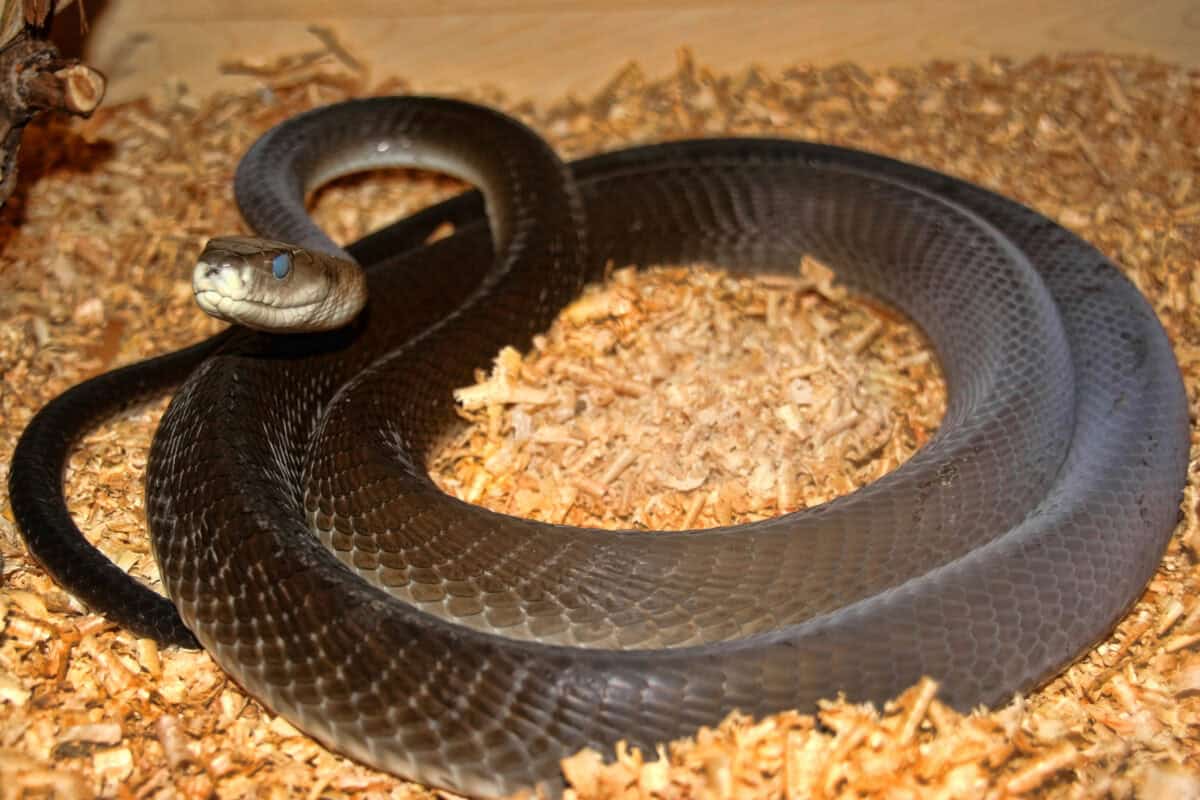
The Black Mamba is not currently listed as endangered, but habitat destruction, hunting, and fear-driven killings impact its population. Understanding and education can foster coexistence, promoting safety for both humans and these remarkable snakes. Conservation efforts are vital in preserving the ecosystems where Black Mambas play a crucial role as both predator and prey.
Conclusion
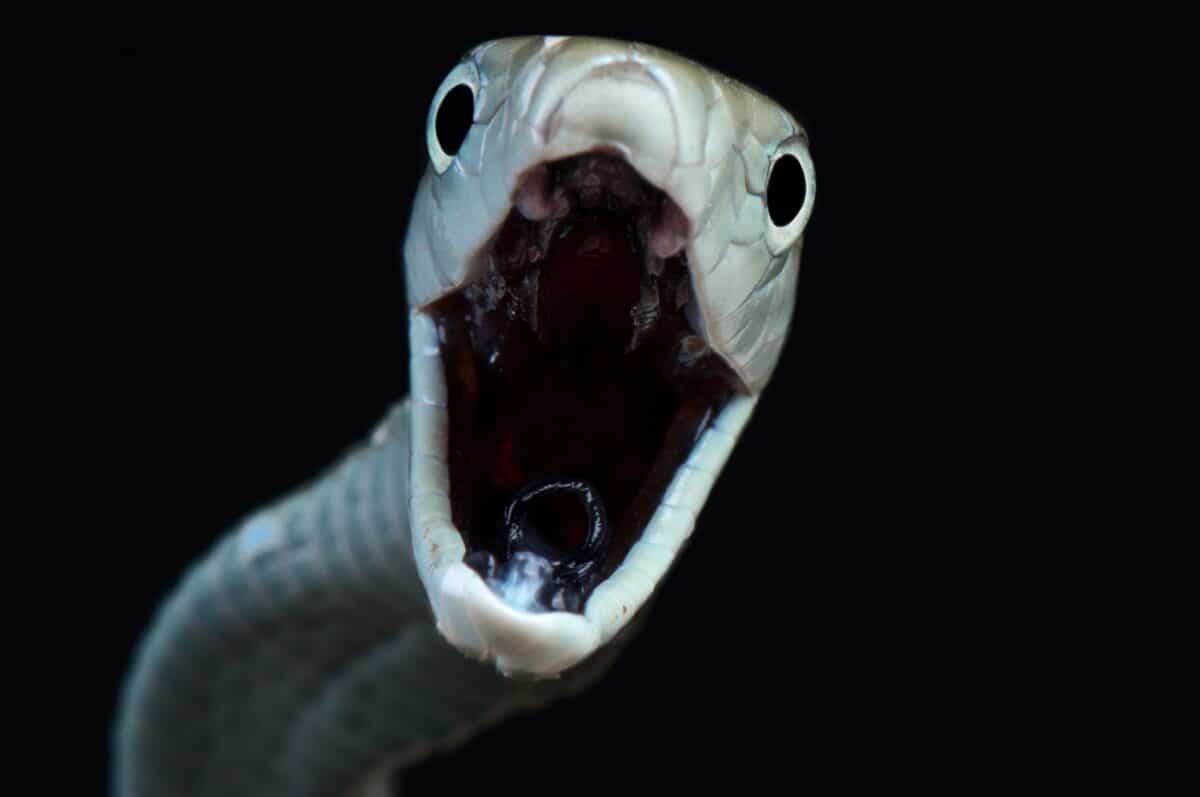
The Black Mamba is a misunderstood marvel of the natural world, remarkable not only for its speed and venom but for its role in maintaining ecological balance. Respecting these creatures and taking preventive measures can ensure safety while allowing us to appreciate one of Africa’s most awe-inspiring yet dangerous inhabitants. Through knowledge and awareness, we can coexist with these formidable snakes, ensuring their place in the wild for generations to come.
- The Real Story Behind Balto’s Heroic Journey - June 28, 2025
- Are the Animals in Ice Age (the Movie) Anything Like Their Ancestors? - June 28, 2025
- The Difference Between Bison and Buffalo (Explained) - June 28, 2025

